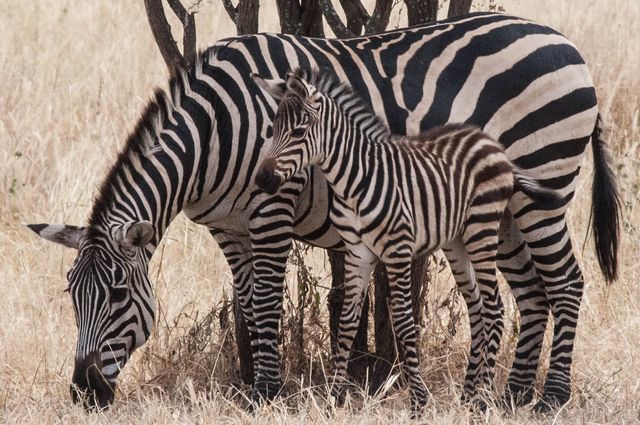
Distribution Modeling Using Remote Sensing
In this research, species distribution modeling is used as a tool to understand the environmental determinants that control the distribution of species and to obtain spatial patterns on the species’…

PROJECTS

In this research, species distribution modeling is used as a tool to understand the environmental determinants that control the distribution of species and to obtain spatial patterns on the species’…
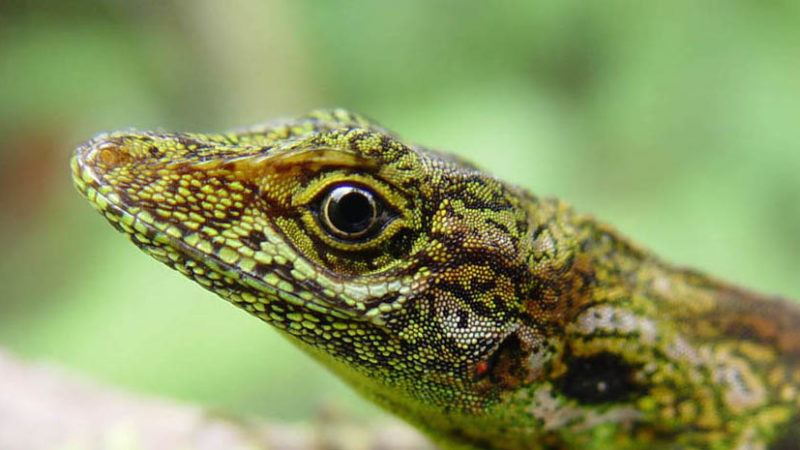
Region: Africa, Australia, Bahamas, Canada (British Columbia), Ecuador Our research links behavior to ecology, conservation, and evolution in a wide range of systems around the world. Past research has focused…
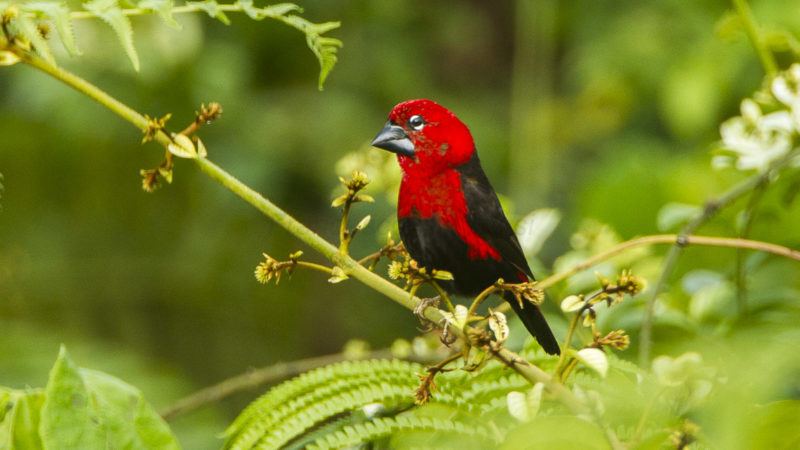
Region: Africa (Cameroon) The black-bellied seedcracker (Pyrenestes ostrinus) is unusual among birds in exhibiting a non-sex-related polymorphism in bill size and represents one of the few examples of disruptive selection…
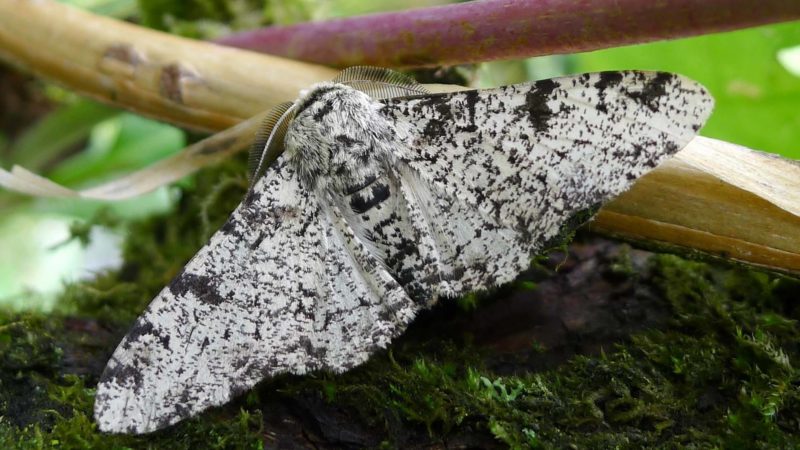
CTR and the Institute of Environment and Sustainability sponsored an international summit in February 2007 to discuss the effects of human activity on climate change, habitat degradation, captive breeding and…
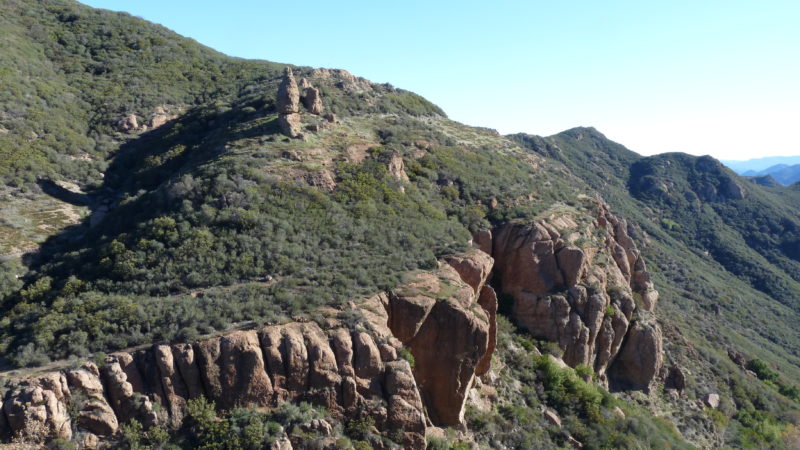
The Center for Tropical Research has recently developed new models in California to determine the amount of intraspecific genetic variation present in an area. Recently, we tested this new approach in the Santa Monica Mountains National Recreational Area (SMNRA), part of the southern subunit (2) of the California Landscape Conservation Cooperative.
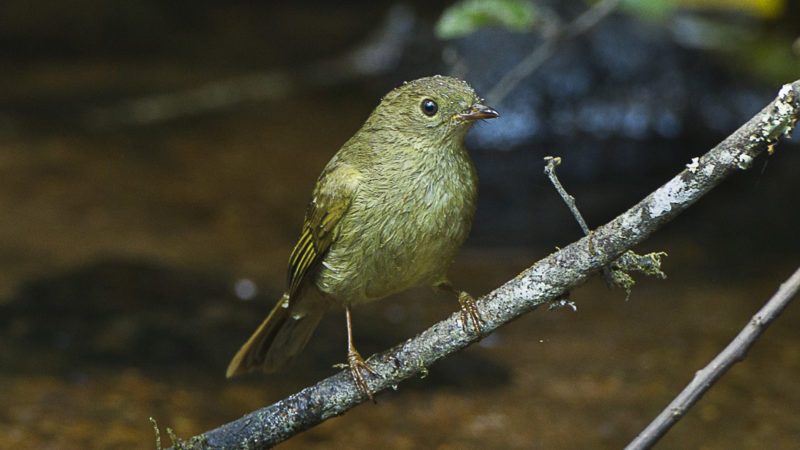
The Partnership for International Research and Education project seeks to develop an integrated framework for conserving central African biodiversity under climate change that is both evolutionary-informed and grounded in the socioeconomic constraints of the region.
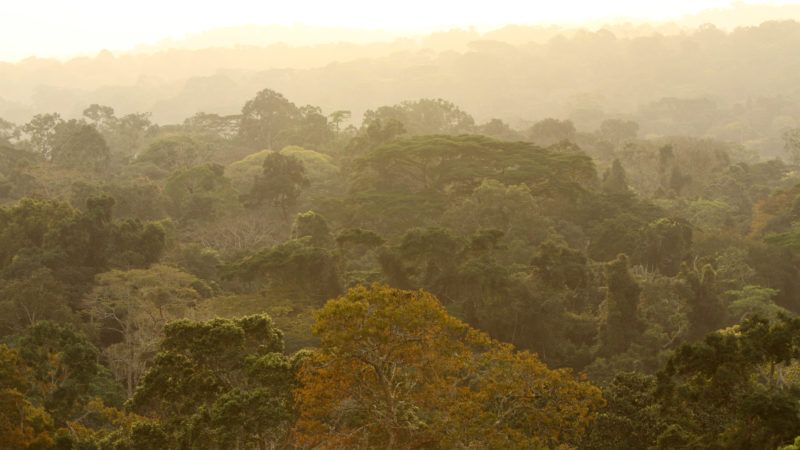
Region:Africa (Cameroon, Equatorial Guinea, Ivory Coast), Australia, South America (Ecuador) These projects seek to understand the mechanisms important in generating rainforest biodiversity. Results from research on birds in Cameroon and…
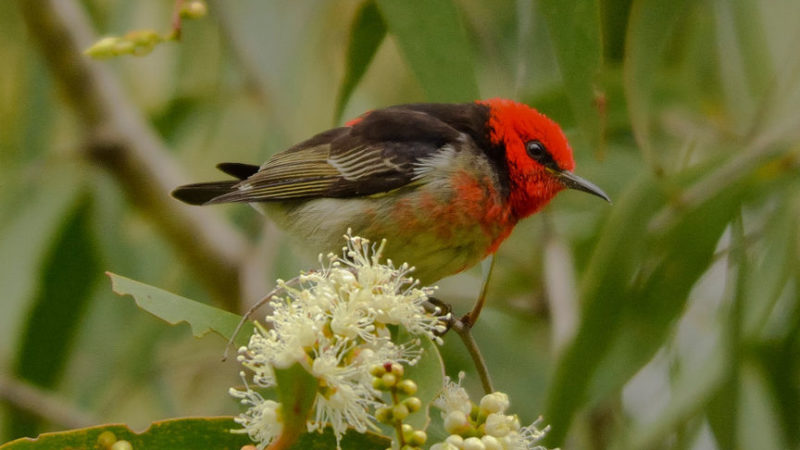
Ever since Darwin’s “The Origin of Species,” biologists have been studying the causes of diversification and speciation. Speciation may be driven by sexual or ecological selection or random drift, and…
Published Work | 2015 | Functional Ecology 30, 235–243
permalinkPublished Work | 2015 | Journal of Avian Biology 46(3), 307–314
permalinkPublished Work | 2015 | Biological Journal of the Linnaean Society 115(1), 127–133
permalinkPublished Work | 2015 | Royal Society Open Science 2
permalinkPublished Work | 2014 | Oryx 50(2), 302-307
permalinkPublished Work | 2014 | Biotropica 47(1), 6–17
permalinkPublished Work | 2014 | Annual Review of Ecology, Evolution, and Systematics 45, 1.1–1.22
permalinkPublished Work | 2014 | Parasitology 142(5), 635-647
permalinkPublished Work | 2014 | Biotropica 46(6), 763–770
permalinkPublished Work | 2014 | Science 346(6207)
permalinkPublished Work | 2014 | Applied Geography 53, 369–376
permalinkPublished Work | 2014 | Journal of Infection 69(2), 174–181
permalinkPublished Work | 2014 | Molecular Ecology 23(19), 4757–4769
permalinkPublished Work | 2014 | Journal of Tropical Ecology 30(4), 273–290
permalinkPublished Work | 2014 | Global Change Biology 2014, 20 (8), 2417–2425
permalinkPublished Work | 2014 | PLoS ONE 8(12)
permalinkPublished Work | 2013 | Biological Conservation 166, 203–211
permalinkPublished Work | 2013 | PLoS ONE 8(7)
permalinkPublished Work | 2013 | Proceedings of the Royal Society Biology 280(1763)
permalinkPublished Work | 2013 | PLoS ONE 8(5)
permalinkPublished Work | 2013 | Evolutionary Applications 6(6), 865–874
permalinkPublished Work | 2013 | Emerging Infectious Diseases 19(4), 581–588
permalinkPublished Work | 2013 | Integrative Zoology 8(1), 35–47
permalinkPublished Work | 2012 | Nature 489, 290–294
permalinkPublished Work | 2012 | PLoS ONE 7(7)
permalinkPublished Work | 2012 | EcoHealth 9, 80–88
permalinkPublished Work | 2012 | Journal of Evolutionary Biology 25(3), 509–521
permalinkPublished Work | 2011 | Molecular Ecology 21(2), 431–441
permalinkPublished Work | 2011 | Conservation Genetics 13, 283–291
permalinkPublished Work | 2011 | Molecular Ecology 20(18), 4564–4576
permalinkPublished Work | 2011 | Evolution 65(11), 3162–3174
permalinkPublished Work | 2011 | Molecular Phylogenetics and Evolution 60(2), 207–218
permalinkPublished Work | 2011 | Biological Journal of the Linnean Society 103(4), 821–835
permalinkPublished Work | 2011 | Biological Journal of the Linnean Society 103(3), 696–706
permalinkPublished Work | 2011 | Evolutionary Applications 4(2), 397–413
permalinkPublished Work | 2011 | Evolutionary Applications 4(2), 388–396
permalinkPublished Work | 2011 | Evolutionary Application 4(2), 159–183
permalinkPublished Work | 2010 | PLoS ONE 5(11)
permalinkPublished Work | 2010 | EcoHealth 8(1), 14-25
permalinkPublished Work | 2010 | Ostrich 71, 269–276
permalinkPublished Work | 2010 | Global Change Biology 17(4), 1671–1680
permalinkPublished Work | 2010 | PLoS ONE 5(9)
permalinkPublished Work | 2010 | Molecular Ecology 19(17), 3532–3548
permalinkPublished Work | 2010 | Molecular Ecology 19(17), 3773–3788
permalinkPublished Work | 2010 | Journal of Parasitology 96, 21–29
permalinkPublished Work | 2010 | Evolutionary Applications 3(1), 1–16
permalinkPublished Work | 2009 | Conservation Genetic Resources 2, 205–208
permalinkPublished Work | 2009 | Evolution and Development 11(6), 636–646
permalinkPublished Work | 2009 | Molecular Ecology 18(19), 4121–4133
permalinkPublished Work | 2009 | Behavioral Ecology 29, 1089–1095
permalinkPublished Work | 2009 | Molecular Ecology 18(14), 2979–2995
permalinkPublished Work | 2009 | Proceedings of the National Academy of Sciences 106, 8256–8261
permalinkPublished Work | 2009 | Journal of Avian Biology 40(4), 448–452
permalinkPublished Work | 2009 | BMC Evolutionary Biology 9(3)
permalinkPublished Work | 2008 | Proceedings of the Royal Society B 275(1647), 2155–2164
permalinkPublished Work | 2008 | Conservation Biology 23(1), 81-92
permalinkPublished Work | 2008 | BMC Biology 6(28)
permalinkPublished Work | 2008 | Progress in Physical Geography 32, 203–221
permalinkPublished Work | 2008 | Wilson Journal of Ornithology 120(1), 205–209
permalinkPublished Work | 2008 | Evolution 62(5), 1137–1148
permalinkPublished Work | 2008 | Behavioral Ecology 19(3), 508–516
permalinkPublished Work | 2008 | Journal of Avian Biology 39, 81–86
permalinkPublished Work | 2008 | Neotropical Ornithology 19, 151–163
permalinkPublished Work | 2007 | Molecular Ecology 17(1), 1–8
permalinkProgress Report | 2007
download pdf permalinkPublished Work | 2007 | Molecular Ecology 17(1), 58–71
permalinkPublished Work | 2007 | Molecular Phylogenetics and Evolution 43(3), 795–807
permalinkPublished Work | 2007 | Wilson Journal of Ornithology 119(2), 222–228
permalinkPublished Work | 2007 | Biotropica 39(3), 340–347
permalinkPublished Work | 2007 | Evolution 61(5), 1052–1061
permalinkPublished Work | 2007 | Biological Journal of the Linnean Socity 90(2), 189–199
permalinkPublished Work | 2007 | Evolutionary Ecology Research 9, 495–503
permalinkPublished Work | 2006 | Nature 443, 444–447
permalinkPublished Work | 2006 | Molecular Ecology 15(7), 1733–1741
permalinkPublished Work | 2006 | Ethology 112(6), 537–543
permalinkPublished Work | 2006 | The Auk 123(1), 119–134
permalinkPublished Work | 2005 | BMC Evolutionary Biology 5 (47)
permalinkPublished Work | 2005 | Molecular Ecology Notes 5(4), 849–850
permalinkPublished Work | 2005 | Journal of Biogeography 32, 1371–1384
permalinkPublished Work | 2005 | Condor 107(3), 617–626
permalinkPublished Work | 2005 | Biology Notes 2005, 5, 844–845
permalinkPublished Work | 2005 | Molecular Ecology Notes 5(4), 774–776
permalinkPublished Work | 2005 | Molecular Ecology Notes 5(4), 755–756
permalinkPublished Work | 2005 | Evolutionary Ecology 20, 377–392
permalinkPublished Work | 2005 | University of Chicago Press: Chicago, Chicago, USA, 148–165
permalinkPublished Work | 2005 | Phylogeny and Conservation
permalinkPublished Work | 2004 | Journal of Evolutionary Biology 18(2), 257–268
permalinkPublished Work | 2003 | Journal of Evolutionary Biology 17(2), 464–470
permalinkPublished Work | 2003 | Nature 426, 552–555
permalinkPublished Work | 2003 | Bird Conservation International 13(4), 351–360
permalinkPublished Work | 2003 | Conservation Biology 17(5), 1251–1260.
permalinkPublished Work | 2003 | Trends in Ecology and Evolution 18(6), 306–314
permalinkPublished Work | 2003 | Emu 103(1), 87–92
permalinkPublished Work | 2003 | Molecular Ecology 12(4), 1021–1029
permalinkPublished Work | 2003 | Integrative and Comparative Biology 43(3), 419–430
permalinkPublished Work | 2002 | Proceedings of the National Academy of Sciences 99, 14897–14902
permalinkPublished Work | 2002 | Evolution 56(9), 1849–1858
permalinkPublished Work | 2002 | Condor 104(3), 564–573
permalinkPublished Work | 2002 | Evolution 56(8), 1673–1682
permalinkPublished Work | 2002 | Philosophical Transactions of the Royal Society 357(1420), 493-503
permalinkPublished Work | 2001 | Journal of Zoology 2001, 255(1), 1–14
permalinkPublished Work | 2001 | Trends in Ecology and Evolution 16(8), 431
permalinkPublished Work | 2001 | American Journal of Primatology 54(2), 91–105
permalinkPublished Work | 2001 | Condor 103, 412–418
permalinkPublished Work | 2001 | Proceedings of the Royal Society of London B 268, 725–728
permalinkPublished Work | 2001 | Studies in Avian Biology 22, 194–201
permalinkPublished Work | 2001 | Genetica 112, 383–398
permalinkPublished Work | 2000 | Trends in Ecology and Evolution 15(7), 290–295
permalinkPublished Work | 2000 | Adaptive Genetic Variation in the Wild
permalinkProgress Report | 2000
download pdf permalinkPublished Work | 2000 | Annual Reviews of Ecology and Systematics 31, 533–563
permalinkPublished Work | 2000 | Sociobiology 36(1), 123-131
permalinkPublished Work | 2000 | Behavioral Ecology 11(3), 345–349
permalinkPublished Work | 1999 | roceedings of the National Academy of Sciences 96(24), 13869–13873
permalinkProgress Report | 1999
download pdf permalinkPublished Work | 1998 | Trends in Ecology and Evolution 13(12), 502–506
permalinkPublished Work | 1998 | Journal of Tropical Ecology 14(3), 351–371
permalinkPublished Work | 1997 | Science 276(5320), 1855–1857
permalinkPublished Work | 1997 | Ibis 139(2), 382–387
permalinkProgress Report | 1996
download pdf permalinkPublished Work | 1996 | Molecular Genetic Approaches in Conservation 1-21
permalinkPublished Work | 1996 | Annual Review of Ecology and Systematics 27, 111–133
permalinkPublished Work | 1996 | Trends in Ecology and Evolution 11(1), 26
permalinkPublished Work | 1996 | The Auk 113(1), 143–150
permalinkPublished Work | 1995 | Trends in Ecology & Evolution 10(9), 366-370
permalinkPublished Work | 1995 | Conservation Biology 9(1), 107–113
permalinkPublished Work | 1993 | Biodiversity Letters 1(6), 164–167
permalinkPublished Work | 1993 | Nature 363, 618–620
permalinkPublished Work | 1993 | Birds and the African Environment: Proceedings of the Eighth Pan-African Ornithological Congress 268
permalinkPublished Work | 1991 | Oikos 60(1), 76–82
permalinkPublished Work | 1991 | Natural History 100(1), 14-21
download pdf permalinkPublished Work | 1990 | Biological Journal of the Linnean Society 41(4), 381–414
permalinkPublished Work | 1990 | Ecology 71(4), 1246–1257
permalinkPublished Work | 1990 | Evolution 44(4), 832–842
permalinkPublished Work | 1990 | The Auk 107(1), 153–160
permalinkPublished Work | 1989 | Journal of Field Ornithology 60(1), 56–59
permalinkPublished Work | 1988 | The Journal of Parasitology 74(6), 1009-1013
permalinkPublished Work | 1987 | Nature 329, 717-719
permalinkPublished Work | Biological Journal of the Linnean Society 71(4), 737–753
permalink